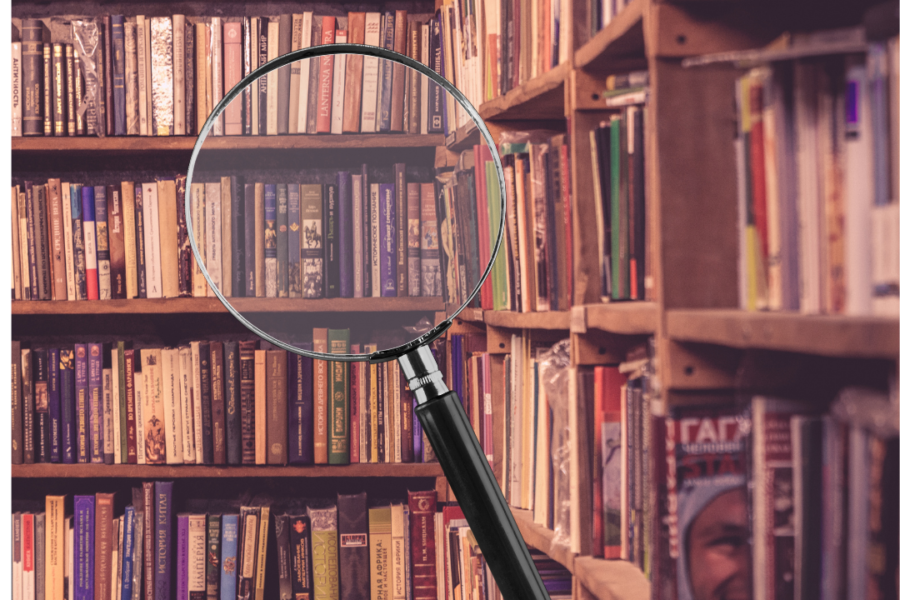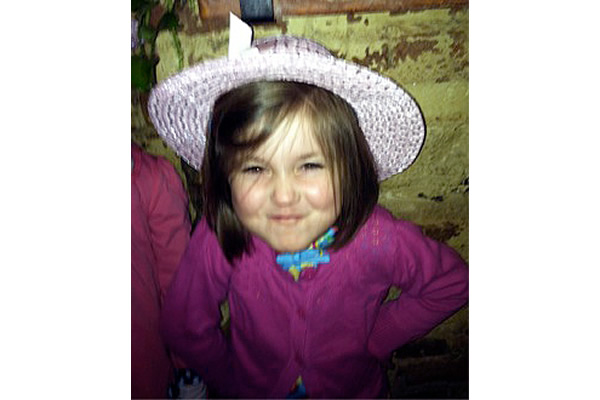
From a very young age, I was a bookworm to such an extreme that it was sometimes problematic. I read at the dinner table, despite my parents forbidding it. I read in the car, even though it made me throw up. I read on play dates, not caring that my friends found me boring.
My reading prowess, unfortunately, did not correlate with the academic success one might have expected. At school, I was just as likely to be reading in math class as in English; and in English, I was rarely reading the book we’d been assigned. I didn’t have time to do homework, because I was busy reading.
I can remember quite clearly the very first book I ever read for myself: Cookie Monster and the Cookie Tree. It’s a wholesome little tale about Sesame Street’s greediest resident and a conniving witch; an unlikely pair who are forced to strike a deal to share in order to get their hands on the delicious cookies both crave.
As I recall, my grandmother bought it for me when I was about three, probably to stop me from whining about something in a store. We were both surprised when I started sounding out the words, as neither of us had known I could read yet. She didn’t believe me at first, and accused me of already owning the book and having memorized it. But when she brought me home, my mother confirmed my story, and from that point on, I was a reader.
Whether or not it deserves a spot on the shelf, Cookie Monster and the Cookie Tree is forever cached in my memory’s library file, along with countless other volumes that resonated with me as a young reader. Black Beauty? Check. Anastasia Krupnik? Of course. Roll of Thunder, Hear My Cry? You bet. Grimm’s Fairy Tales? Yup. The list could go on and on.
And then there are the books and stories I don’t quite remember, much as I’d like to. All I have to go on are a few vague details, accompanied by the nostalgia associated with a pleasant memory. But even when almost forgotten, the stories we read as children have the power to linger, seemingly willing us to call them out of the shadows; wanting us to rediscover them.
One book I’d like to find again was a fanciful tale I remember reading with my mother about some sort of clown or scarecrow-like being who was constantly getting blown around like the fluff off a dandelion, and cartwheeling like a pinwheel. I think his name began with “P.” It was a chapter book, not a picture book, but there were some illustrations, with lots of yellow and red. Or so I faintly recall.
Another one I remember being fascinated by involved a child who had some creepy imaginary friends, who were maybe ghosts, and one of them was possibly somewhat evil. That’s all my memory can produce of the book, but I remember being completely terrified by the concept of an invisible friend gone wrong. But was it really so scary? I’d like to revisit it to find out.
And then there was a story about a Victorian-era chimney sweep boy who got badly stuck while doing his job, and was given the option by some benevolent being, maybe Santa, or God, of going to heaven, or possibly the North Pole? But to the best of my recollection, he ultimately chose to return to Earth and live out his life. Googling “story about a chimney sweep boy” returns horrific results about the atrocities so-called “climbing boys” of the time were subjected to, but no clues relevant to my search.
Luckily for people like me who find themselves hunting fruitlessly for the lost books of childhood, there are other resources to help. One is the Instagram account My Old Books, run by Marie-Pascale Traylor, a bibliophile with a fondness for vintage books. Traylor hosts an ongoing series on her account called What’s That Book, where she crowdsources inquiries about long-forgotten tales to her 38,000 followers.
“Hi, I have been looking for years for a book from my childhood,” a recent inquiry began. “Had to have been from the 1950s-60s or maybe even earlier. Lime green cover. It was about a group of children who went out to play in the woods, and they each created their own individual tiny house out of materials they found outdoors. Detailed black and white illustrations. Thank you!”
Within moments after the inquiry went live, a response popped up in the comments. “Andrew Henry’s Meadow by Doris Burn?”
“THAT’S IT. I AM CRYING!!! Been trying to find it for so long. Omg thanks everyone,” the grateful questioner replied.
Another good crowdsourcing resource is Reddit’s What’s That Book subreddit, where users are encouraged to submit as many specifics as possible to assist the hivemind’s sleuthing efforts. All books, not just those forgotten from childhood, are eligible for searching, as long as posters follow two rules: 1. Post titles must have at least one book detail; and 2. A post cannot have more than one book/series. With 180,000 members subscribed, the subreddit has a sizable task force of anonymous book searchers working to solve title queries.
A final resource is the popular Goodreads group What’s the Name of That Book???, which boasts over 86,000 members and a searchable discussion board. Broken into categories such as “Solved: Children’s/YA,” the board allows searchers without enough details to adhere to the group’s rules against “vague topic headers” to enter in the details they do know, in the hopes that someone else already found the same book they’re seeking.
It was here I tentatively typed in the scraps of detail I could recall of my last forgotten story, the chimney sweep boy, and was quickly tipped off to the short story collection Up the Chimney Down, by Joan Aiken. An immediate flood of fond memories ensued. While the book is now sadly out of print, I am almost 100 percent certain that I can consider the case closed.
So if you, like me, find yourself searching for a long-lost story that hovers at the fringes of your memory, don’t give up. There are people out there who can help you. Happy hunting.



